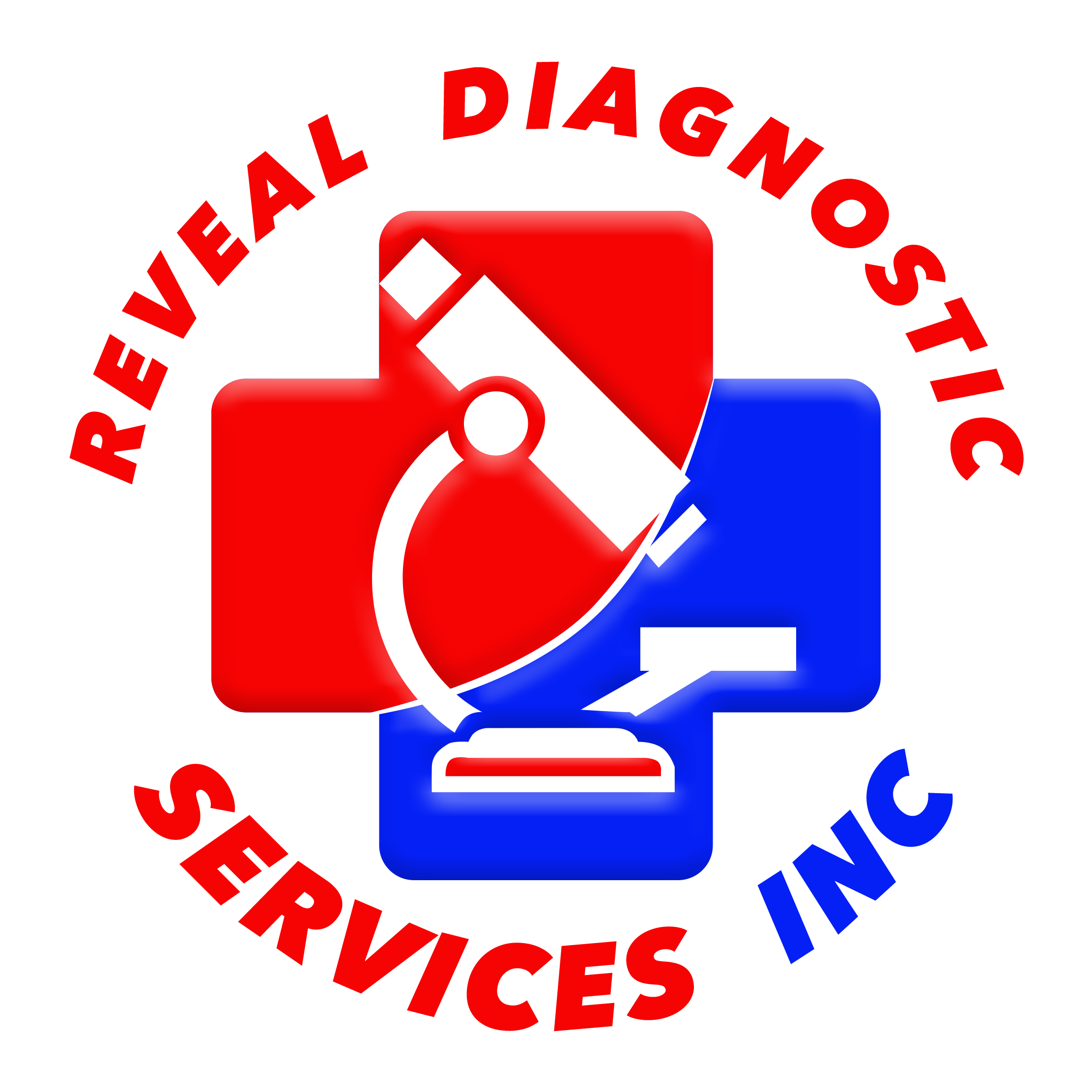Not really. In adults, common symptoms include fever and cough. In more severe cases, people can develop pneumonia and have trouble breathing. Children with COVID-19 can have these symptoms, too, but are less likely to get very sick. Some children do not have any symptoms at all.
Other symptoms can also happen in children and adults. These might include feeling very tired, shaking chills, headache, muscle aches, sore throat, a runny or stuffy nose, diarrhea, or vomiting. Babies with COVID-19 might have trouble feeding. There have also been some reports of rashes or other skin symptoms. For example, some people with COVID-19 get reddish-purple spots on their fingers or toes. But it’s not clear why or how often this happens.
Serious symptoms might be more common in children who have certain health problems. These include serious genetic or neurologic disorders, congenital (since birth) heart disease, sickle cell disease, obesity, diabetes, chronic kidney disease, asthma and other lung diseases, or a weak immune system.
Where can I go to learn more?
As we learn more about this virus, expert recommendations will continue to change. Check with your doctor or public health official to get the most updated information about how to protect yourself and your family.
For information about COVID-19 in your area, you can call your local public health office. In the United States, this usually means your city or town’s Board of Health. Many states also have a “hotline” phone number you can call.
